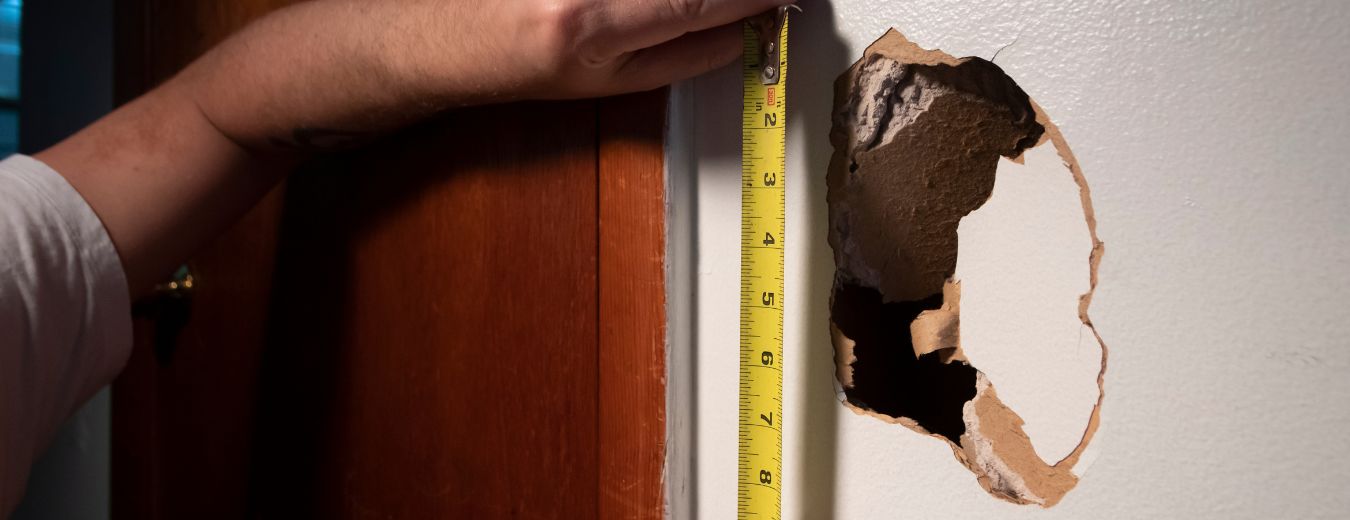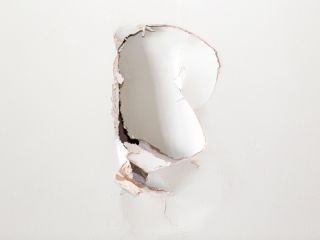A Comprehensive Overview to Mastering Drywall Fixing and Installation
This guide offers an extensive expedition of drywall repair work and installation, catering to both beginners and experienced experts. It details important devices, methods for patching and hanging sheets, and the vital ending up procedures. Drywall Installation Ogden Utah. By comprehending typical challenges, people can attain polished results. Mastering these abilities not just enhances one's home yet likewise builds self-confidence in DIY endeavors. What foundational pointers will assure a successful job throughout?
Crucial Devices for Drywall Fixing and Setup
When starting on drywall repair and setup, a couple of essential tools can significantly enhance the efficiency and high quality of the job. A drywall knife, usually offered in numerous dimensions, is vital for using joint substance and smoothing joints. A taping blade is additionally needed for feathering sides and making certain a seamless finish. Additionally, a drywall saw or utility blade permits specific cutting of drywall sheets to fit any space.

Step-by-Step Guide to Patching Holes
Patching holes in drywall is a straightforward process that can bring back the wall surface's appearance and integrity. To begin, the area around the hole need to be cleaned and any type of loosened particles got rid of. For tiny holes, an easy spackle or joint substance can be used with a putty knife. Larger openings might need a patch; an item of drywall can be cut to fit the opening, protected with sticky or screws, and afterwards taped around the edges. Once the spot remains in place, joint substance is used over the patch and feathery out to mix with the surrounding wall. After the compound dries out, fining sand is needed to attain a smooth finish. Ultimately, the fixed area can be topped and painted to match the remainder of the wall. This method assures a seamless repair, enhancing the overall appearance of the drywall and maintaining its structural integrity.
Strategies for Hanging Drywall Sheets
After efficiently fixing openings in drywall, the following action entails hanging new drywall sheets to create a smooth surface area. To achieve this, one have to begin by gauging the wall surface room properly and reducing the drywall sheets to fit. It is crucial to hang the sheets horizontally for much better structural integrity, beginning from the top and functioning downwards.
Utilizing a drywall lift can simplify the process, especially for ceiling installments. As soon as positioned, safeguarding the sheets with drywall screws at intervals of about 12 inches along the sides and 16 inches in the area is important. This assures a strong hold and lowers the risk of drooping. For corners, the sheets need to be cut to fit snugly, permitting cleaner seams. Lastly, it is advisable to stagger the joints between sheets to enhance the overall structure, producing a more sturdy finish prepared for the following phase in the drywall installment process.
Finishing Touches: Insulation and Mudding
Completing the drywall setup involves the crucial steps of taping and mudding, which guarantee a refined and smooth finish. Taping needs the application of joint tape over the check out this site joints in between drywall sheets. Drywall Repair Ogden UT. This tape can be either paper or fiberglass harmonize, with each type offering one-of-a-kind advantages. After taping, the next action is mudding, where joint substance, or "mud," is applied to cover the tape and fill up any flaws
Making use of a drywall knife, the substance must be spread uniformly, ensuring a feathery side to reduce noticeable modifications. Multiple coats are frequently needed, with fining sand in between each layer to accomplish a smooth surface area. Mindful attention during this process is important, as it greatly influences the last appearance of the hop over to these guys wall. With the best strategy and perseverance, completion result will be a perfect foundation ready for paint or ending up touches.
Usual Blunders to Prevent in Drywall Projects

An additional typical mistake is not enabling sufficient drying out time in between layers, which can catch wetness and compromise the coating. Moreover, overlooking to feather the edges correctly can develop noticeable lines and imperfections. Ultimately, missing sanding or making use of improper techniques might leave harsh spots. By understanding these mistakes, people can significantly improve the quality of their drywall tasks and accomplish a professional-looking finish.
Regularly Asked Inquiries
Can I Fix Drywall Without Specialist Help?
Yes, one can repair drywall without expert help. With the right tools, materials, and assistance, people can successfully handle small repair work. However, considerable damages may need professional competence for perfect results and resilience.
How Much Time Does Drywall Compound Require To Dry?
Drywall compound usually takes between 24 to 48 hours to dry completely, depending upon variables such as humidity and temperature. Thinner layers may dry quicker, while thicker applications need even more time for suitable results.
What's the Best Kind of Paint for Drywall?
The ideal kind of paint for drywall is usually a water-based latex paint. It gives superb protection, longevity, and ease of application, making it perfect for indoor wall surfaces while enabling easy cleaning with soap and water.

Exactly how Do I Prevent Mold on Drywall?
To avoid mold and mildew on drywall, warranty appropriate air flow, control humidity degrees, utilize mold-resistant materials, and promptly resolve any type of leakages. Normal assessments Full Report and immediate removal of water damages are likewise necessary for long-lasting prevention.
Is Drywall Recyclable After Removal?
Drywall is recyclable after elimination, offered it is without contaminants like mold and mildew, paint, or other dangerous products. Reusing facilities can process it into new products, promoting sustainability and minimizing garbage dump waste in building.
When starting on drywall repair and setup, a couple of vital devices can substantially improve the efficiency and quality of the job. After effectively repairing openings in drywall, the next action entails hanging new drywall sheets to produce a seamless surface area. Finishing the drywall setup entails the vital actions of taping and mudding, which guarantee a refined and smooth finish. Achieving a sleek surface in drywall projects can be difficult, and several typical errors can weaken the high quality of the job. Yes, one can fix drywall without expert assistance.